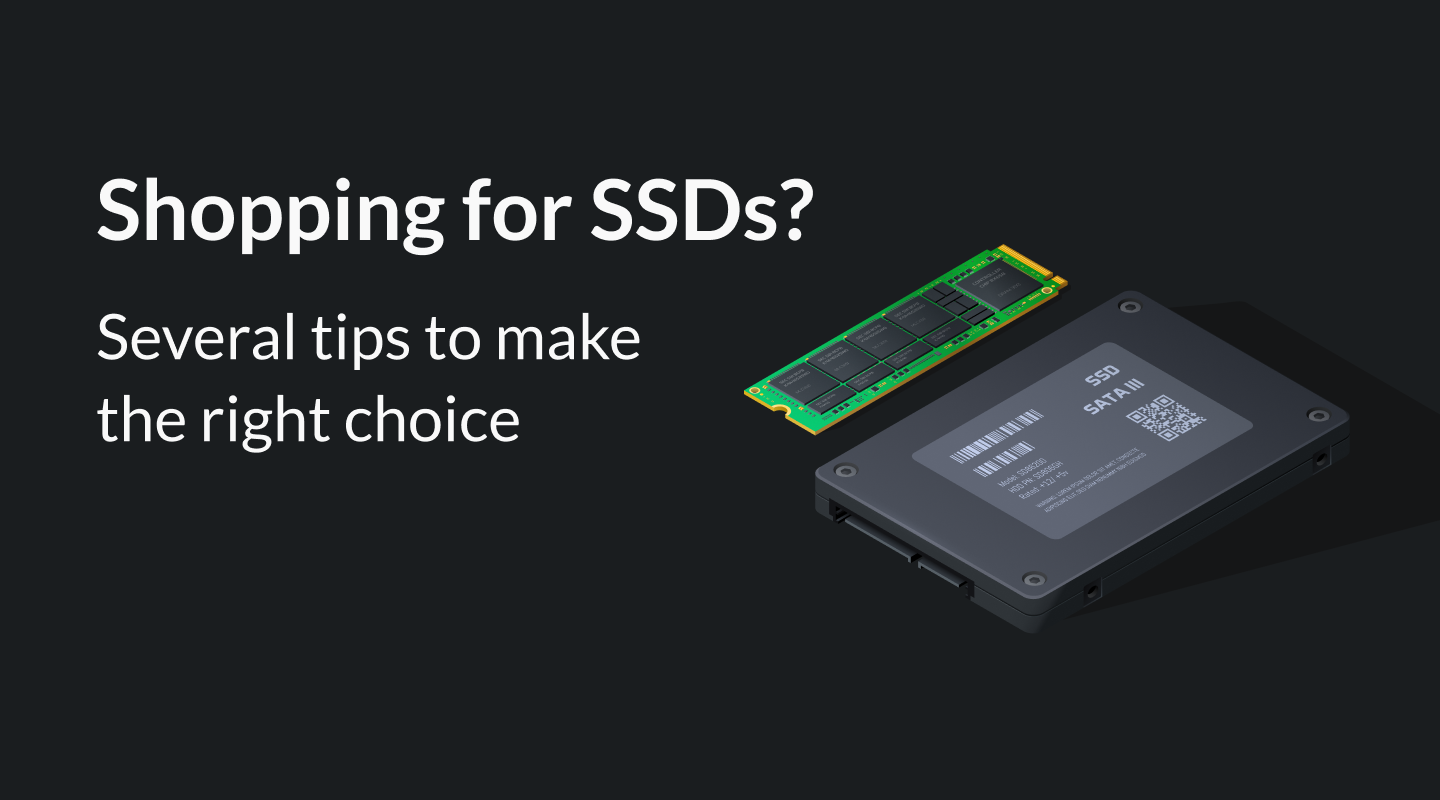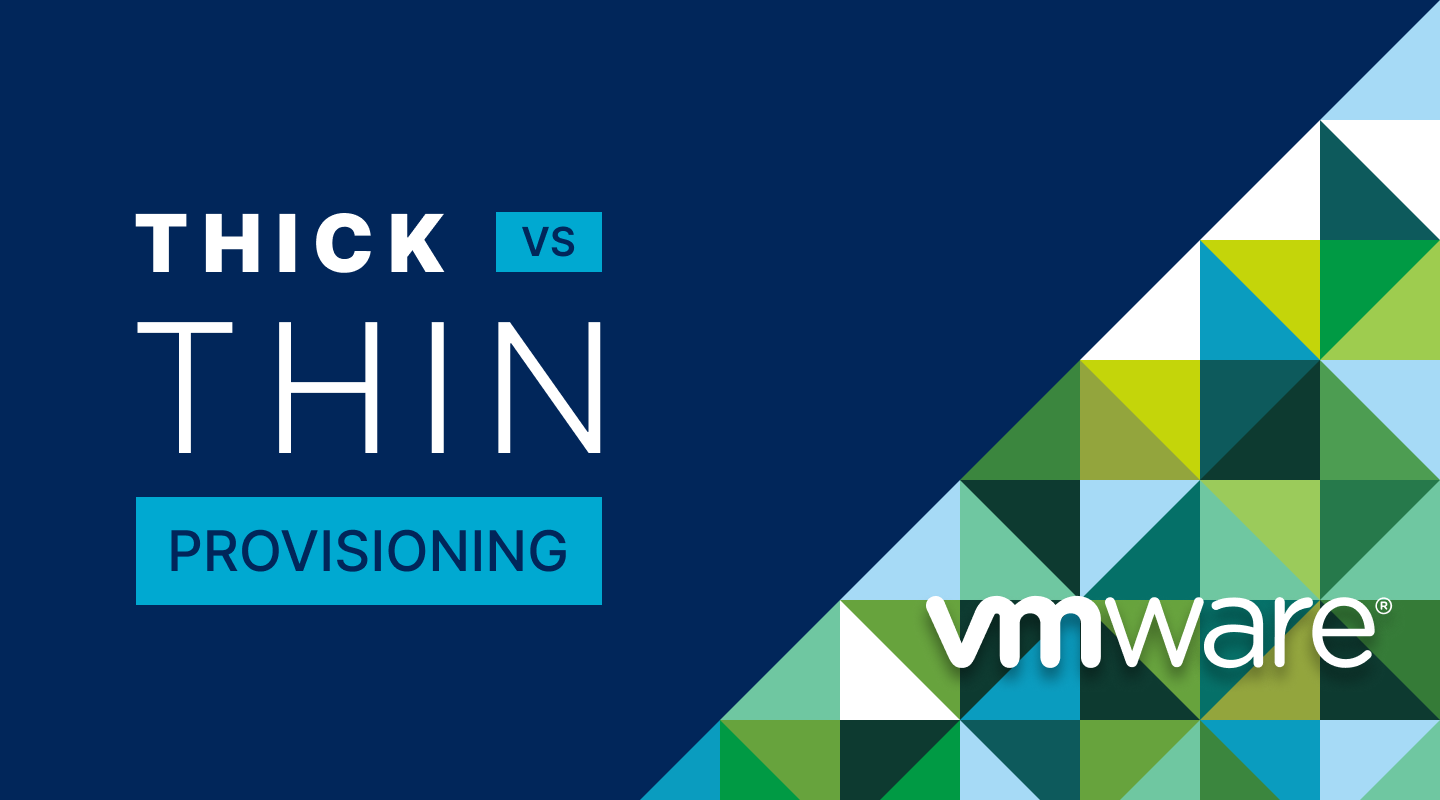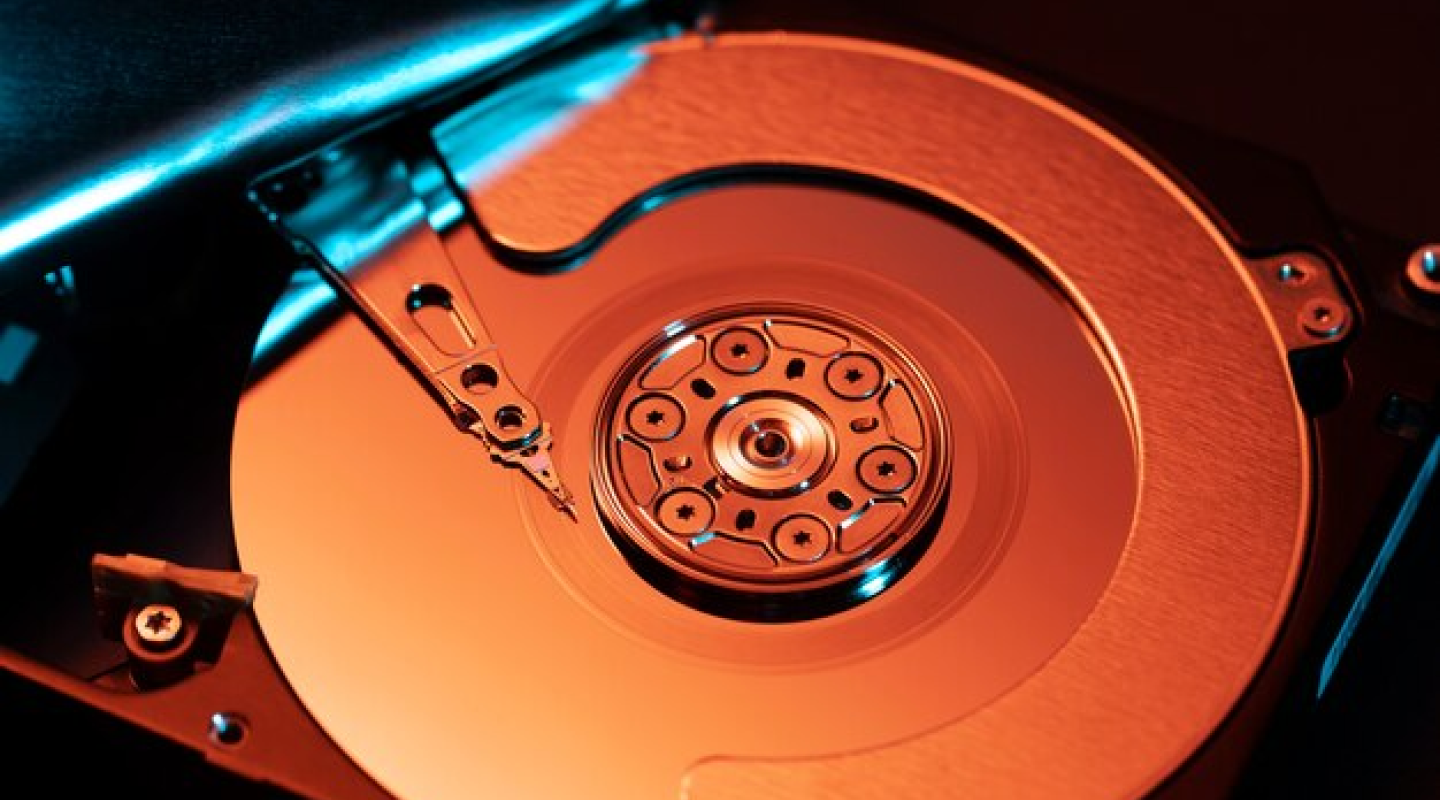What should you ask yourself when choosing SSDs? The price is not the only factor. How much IOPS can it squeeze? How long will it last? Check out here!

What should you ask yourself when choosing SSDs? The price is not the only factor. How much IOPS can it squeeze? How long will it last? Check out here!

Thick and Thin VM disks have been around for ages, yet there’s always been some controversy regarding which method is better and whether there’s any performance difference. Discover the key differences and features of Thick and Thin disks, and choose the most optimal space allocation method for your environment.

Managing an IT environment is impossible without a reliable backup and recovery plan that must include a robust storage option.

Microsoft Azure offers its services on a pay-as-you-go basis. This means that your expenditure depends on the cloud resources used. You’ll want to keep them as close to an application’s needs as possible. Otherwise, you’ll either experience slowdown or unreasonable costs. Thankfully, you can alter your VM disk size and performance on the fly.

More and more people turn to hyperconverged infrastructures each year because, well, they do have a lot to offer. Many people are starting with such well-known and admirable solutions as VMware vSAN, enabling you to replace physically shared storage. That is an excellent choice, but there are a few things you need to know before you start.

It goes without saying that hard disk drives (HDDs) are one of the most common storage medium to date. Data centers, home labs, and PCs have them inside. No wonders, HDDs offer unmatched capacity for moderate costs per GB. Let’s take a closer look at how to choose an HDD. This article is going to be pretty much a long read, but there’s a flow chart in the end that helps to make your choice.

Admins love hyperconvergence because it allows conjoining compute, storage, and networking resources that makes the environment cheaper and easier to manage. Experienced users can build an infrastructure in different ways using any parts. For instance, you can grab some servers from Dell and install an industry-standard hypervisor (Hyper-V, KVM, ESXi, whatever) on top of them. If you do not know that much about hyperconvergence though, consider buying an appliance.

Let’s imagine a situation: a power outage went out and an incorrect server shutdown has occurred. Everything is aggravated by the fact that you have no power backup. What will happen to your write operations? They sink into oblivion and data will be lost. But StarWind says “no” to these troubles! Log-structured Write-Back Cache (LSWBC) is a StarWind feature which speeds up the processing of write requests and saves data when the server is incorrectly shut down. What about RAM caching? Your data also will be saved.

Persistent Memory (PMEM) support is introduced in the recently released VMware vSphere 6.7. This new non-volatile memory type covers the gap in performance between the random-access memory (RAM) and Flash/SSD. But, is PMEM really that fast? In this article, I take a closer look at what persistent memory is and its performance.

Before the time when SSDs took their irreplaceable place in the modern datacenter, there was a time of slow, unreliable, fragile, and vacuum filled spinning rust drives. A moment of change divided the community into two groups – the first with dreams of implementing SSDs in their environment, and the second, with SSDs already being part of their infrastructure.
The idea of having your data stored on the associated tier has never been so intriguing. The possibility of granting your mission-critical VM the performance it deserves in the moment of need has never been more appropriate.
